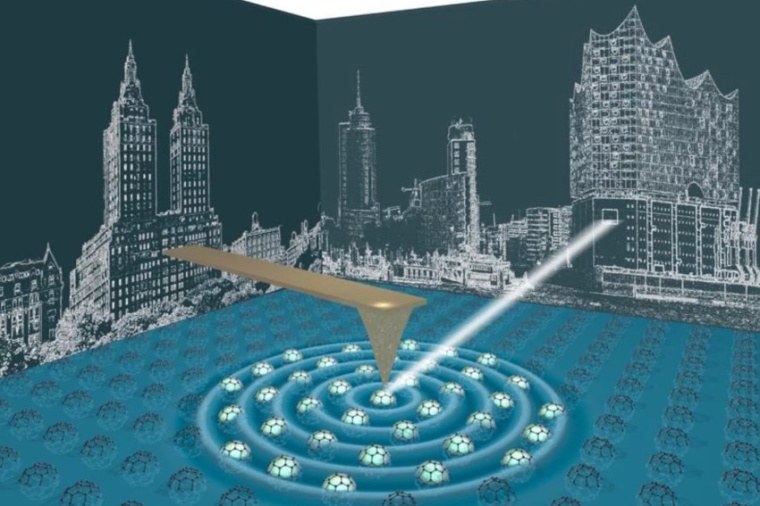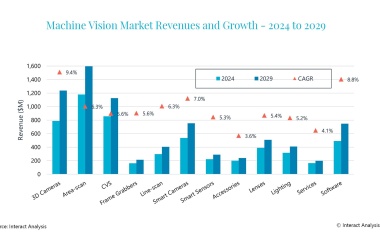Max Planck-New York Center on non-equilibrium quantum phenomena renewed
The research center will continue its international collaboration for an additional five years with Cornell University as a new partner.
Building on six successful years of quantum collaboration, the Max Planck–New York Center on non-equilibrium quantum phenomena will officially continue its work for an additional five years. The renewed funding comes from Columbia University, the Flatiron Institute, the MPSD and the Max Planck Institute for Polymer Research in Mainz, Germany. The Center will also expand to include a new partner institution, Cornell University. The Center, renamed to reflect its broader footprint in New York state, will continue to leverage the complementary strengths of researchers at its participating institutions to understand, control, and manipulate the uniquely valuable properties of quantum materials.

“This renewal will allow our team to continue our innovative work combining modern experimental physics methods with breakthroughs in materials synthesis, nonlinear optical and electronic spectroscopies, and cutting-edge theoretical, computational, and data science methods to provide an unprecedented understanding of quantum matter at the shortest lengths and time scales,” said Center Director Andrew Millis from the Flatiron Institute’s Center for Computational Quantum Physics. “The collaborations enabled by the Center will solidify the positions of the participating institutions as world leaders in one of the most vibrant and exciting areas of current research in the physical sciences.”
Non-equilibrium quantum phenomena emerge when materials are pushed beyond their stable, baseline states. The results are new properties, including unique forms of superconductivity, magnetism, ferroelectricity, and more. Researchers are working to understand and harness these phenomena for emerging applications such as quantum computers, networks, and sensors. “Materials with inherently programmable phenomena on demand is a new paradigm, and the new Center is poised to make noticeable progress by bringing talent from both sides of the Atlantic,” said Center Director Dmitri Basov.
Among the scientific achievements of the Center to date are pioneering work on non-equilibrium and cavity quantum electrodynamics, the development of new, ultrafast on-chip optical and transport capabilities, and the discovery of new physical properties and behaviors in quantum materials, including twisted 2D devices and newly synthesized crystals. The Center has also developed new tools to advance its research, including ultrafast optical scanning probe microscopy, cryogenic electronics, and teraHertz nanospectroscopy, that probe quantum materials in new regimes, as well as ideas, algorithms, and codes to simulate them.
Bolstered by the newly added material synthesis and measurement capabilities of the Cornell faculty and the materials design capabilities of the new Microstructured Quantum Matter Department directed by Philip Moll at the MPSD in Hamburg and by the new science questions and theoretical modalities created by the Flatiron Institute’s new Initiative for Computational Catalysis, the Center will expand its research into new directions of quantum science. These include designing new kinds of quantum materials and bridging atomic, molecular, and optical physics with quantum materials to measure and manipulate material properties with light.
To fulfill its ambitious scientific goals, the Max Planck Center has established a seamless framework for the exchange of ideas, talent, and technologies across its partner institutions, said the MPSD’s managing director Angel Rubio: “This collaboration provides unique training opportunities, with many alumni securing prestigious global faculty positions and serving as ambassadors for the Center’s research. This renewal will enable the design of novel material phenomena, including strong light-matter coupling, dynamic control of material properties and chemical reactions, and the creation of non-equilibrium phases.”
The Center particularly emphasizes supporting early career scientists. Successes include the recruitment of James McIver into a position at the MPSD and Columbia University, where he is now Assistant Professor, and the career trajectory of Ankit Disa, who moved from a postdoc at the Max Planck Institute to become a research scientist at Columbia and is now Assistant Professor at Cornell University.
Notable events over the years include international conferences and workshops on superconductivity, strong light-matter interactions and catalysis, and the most recent Big Ideas workshop in San Sebastian, Spain. “Our renewed Center is largely focused on light-matter interfaces. But our human interfaces are just as important,” said Basov. “We all look forward to an exciting ride over the next five years.” (Source: MPSD)











